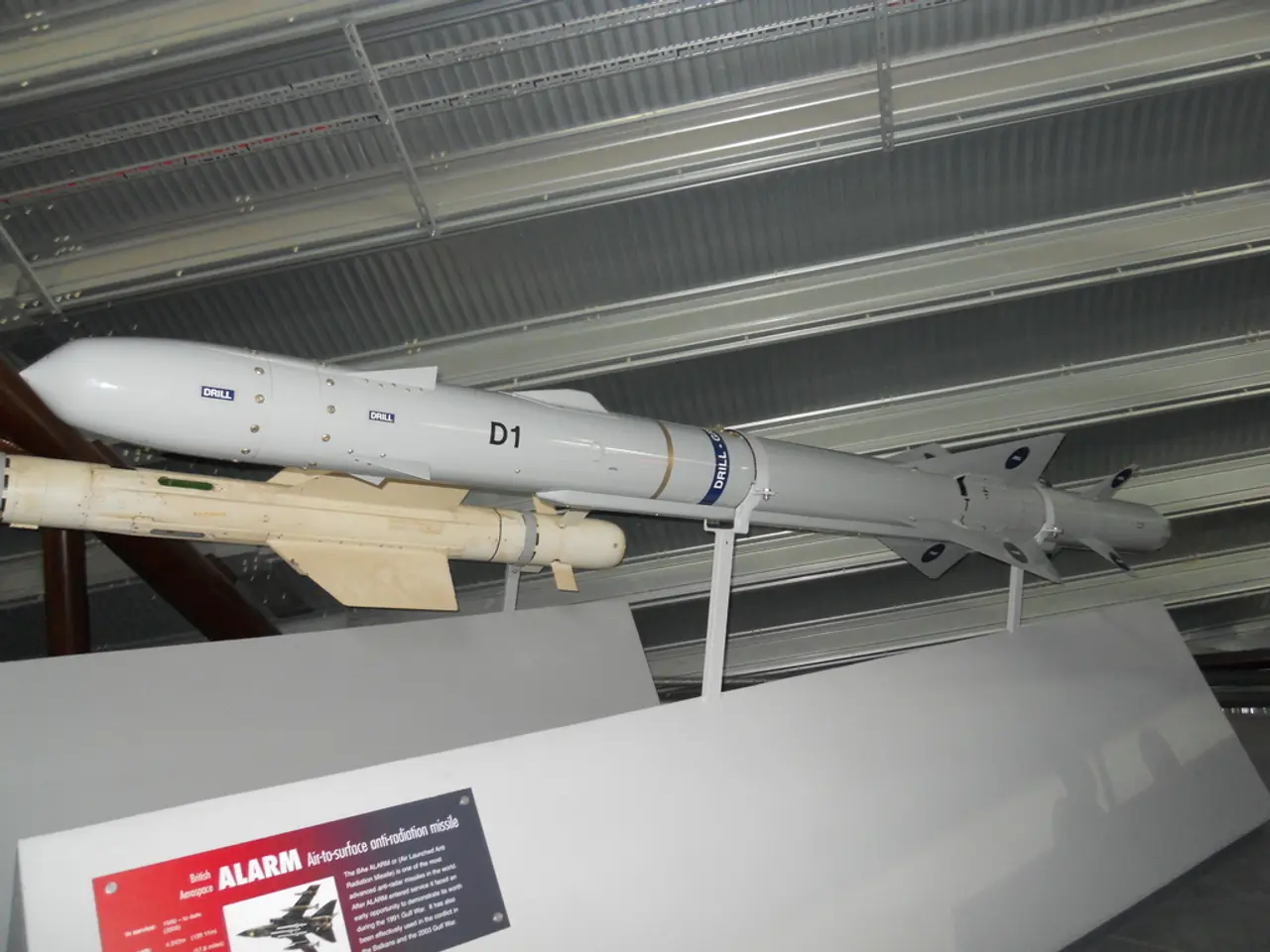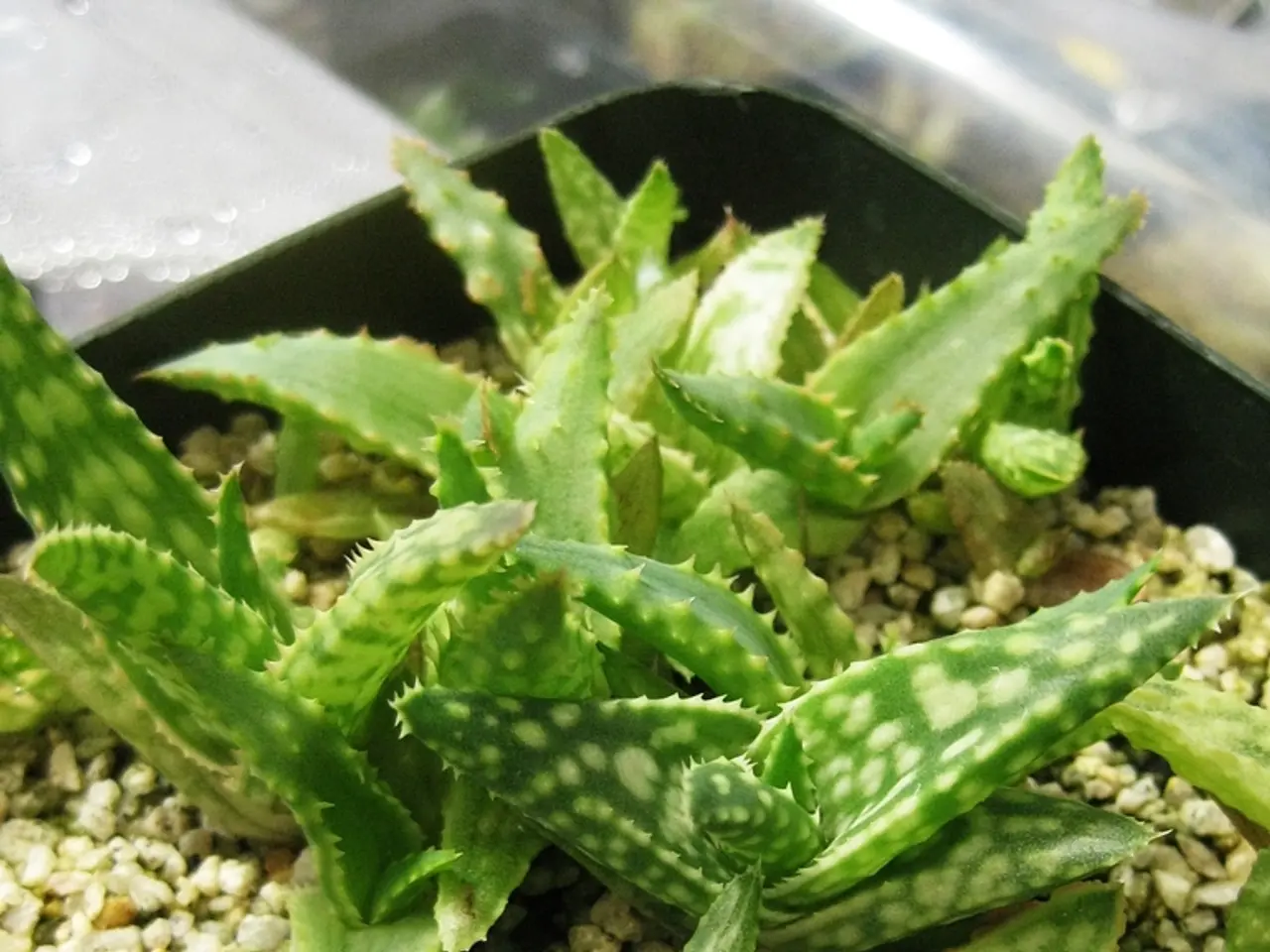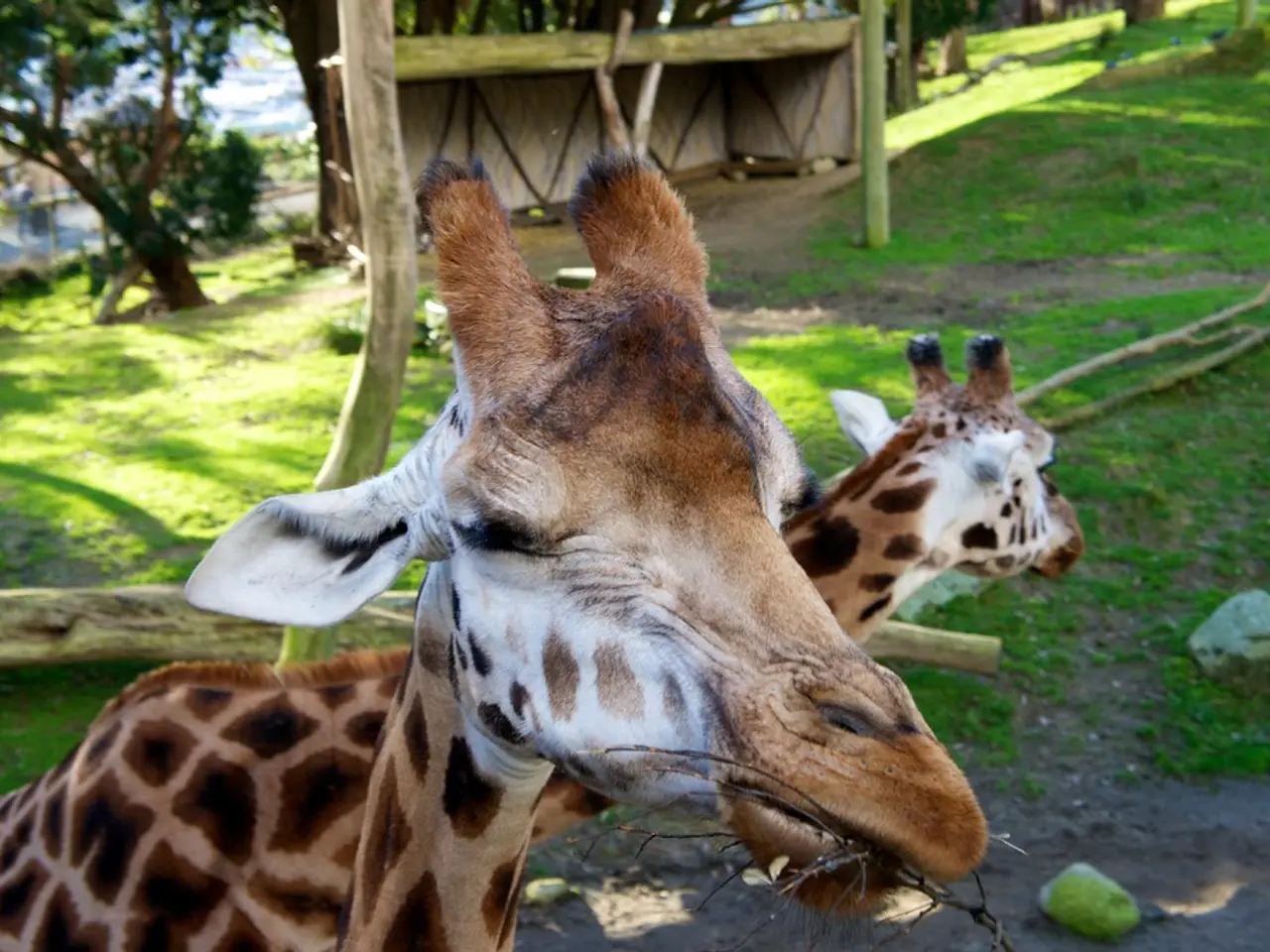Discovered: Radioactive Wasp Nest in American Nuclear Plant Sparks Fresh Concerns over Safety
In a surprising turn of events, a highly radioactive wasp nest was discovered at the Savannah River Site in South Carolina on July 3, 2025. The nest, exhibiting radiation levels more than 10 times the federal safety limit, was found near a tank farm containing nuclear waste.
The Savannah River Site, once a crucial part of the U.S. Cold War effort in manufacturing components for nuclear bombs, now focuses on making fuel for civilian nuclear power plants and conducting cleanup operations. Despite this, many of the site's tanks remain in use, posing an ongoing risk of contamination.
The discovery of the radioactive wasp nest underscores the potential for unmonitored threats from the site's vast complex of tanks and storage areas. The nest was promptly treated with insecticide and disposed of as radioactive waste. No wasps were found inside the treated nest.
Transparency about the site's safety practices and potential for radioactive leakage is essential for public trust. Tom Clements, executive director of the watchdog group Savannah River Site Watch, has expressed concern about the lack of transparency from site officials regarding the source of the contamination. However, officials have assured the public that there was no leak from the waste tanks and that the contamination was likely due to "onsite legacy radioactive contamination."
Regarding public health risks, officials emphasize that such incidents are not indicative of current unsafe contamination controls and pose no immediate threat to workers or the public. The radioactive contamination at Savannah River Site is managed as part of long-term environmental cleanup efforts under its EPA Superfund status since 1989.
The discovery of the radioactive wasp nest highlights ongoing concerns about public health at the Savannah River Site and similar facilities. The Savannah River Mission Completion maintains that there is no danger to the public from the radioactive wasp nest, but public scrutiny and vigilance are crucial.
The Savannah River Site's management has stated that any radiation found in wasps would be significantly lower than that in the nest. The site continues to house over 40 underground tanks containing millions of gallons of radioactive liquid waste. Despite this, surrounding soil and ground areas tested clean, suggesting the contamination is localized and tied to legacy waste residues rather than ongoing contamination events.
In summary, the radioactive wasp nest exemplifies how long-lasting radioactive residues at legacy nuclear sites can interact unexpectedly with wildlife, posing localized contamination concerns but limited direct public health risks under existing containment and remediation programs. The incident underscores the importance of continued monitoring and transparency in managing such sites.
- The radioactive wasp nest found at the Savannah River Site emphasizes the importance of environmental-science research, particularly in the field of health-and-wellness, as it highlights how nuclear waste can affect even small organisms like wasps.
- As the Savannah River Site continues to house millions of gallons of radioactive liquid waste, science plays a crucial role in climate-change studies, as we need to understand the potential long-term effects of this waste on the environment and, subsequently, environmental-science research becomes essential.




